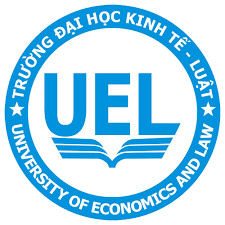Downloads
Abstract
The current land law stipulates that there are two mechanisms for land transfer: voluntary land transfer and compulsory land transfer. Voluntary land transfer applies to cases where individuals and organizations reach their own agreement to perform transactions on land use rights. Compulsory land transfer is carried out through the state mechanisms of land acquisition, compensation, and resettlement support. The article analyzes the legal provisions and practices of land transfer in Vietnam. Regarding the voluntary land transfer mechanism, there are still some shortcomings related to the transfer of agricultural land, the problem of land accumulation for agricultural production according to the policy, and large sample field size, as well as the implementation of commercial projects under the voluntary agreement mechanism. For the mechanism of compulsory land transfer through land acquisition, there are also shortcomings, such as the concept of land acquisition for socio-economic development for the benefit of countries or the public interest being unclear, criteria to determine what a project is for the national interest or the public interest has not been established, compensation prices when land recovery is too low compared to market price. Meanwhile, the issue of compensation, support, and resettlement when the State recovers land is still a problem and has not yet ensured the legitimate interests of people whose land is recovered. Finally, the article proposes some recommendations to improve the land law on land transfer.
Issue: Vol 7 No S1 (2023): Special issue 1: Perfecting the law on mechanisms for land conversion in Viet Nam
Page No.: S150-S160
Published: Dec 31, 2023
Section: Research article
DOI: https://doi.org/10.32508/stdjelm.v7iS1.1257
PDF = 252 times
Total = 252 times
 Open Access
Open Access 











